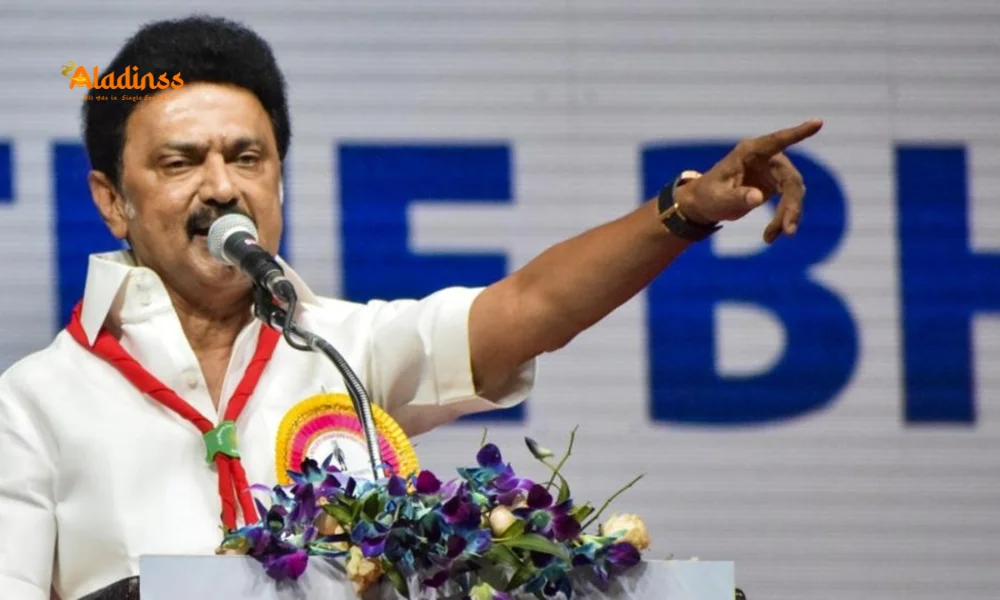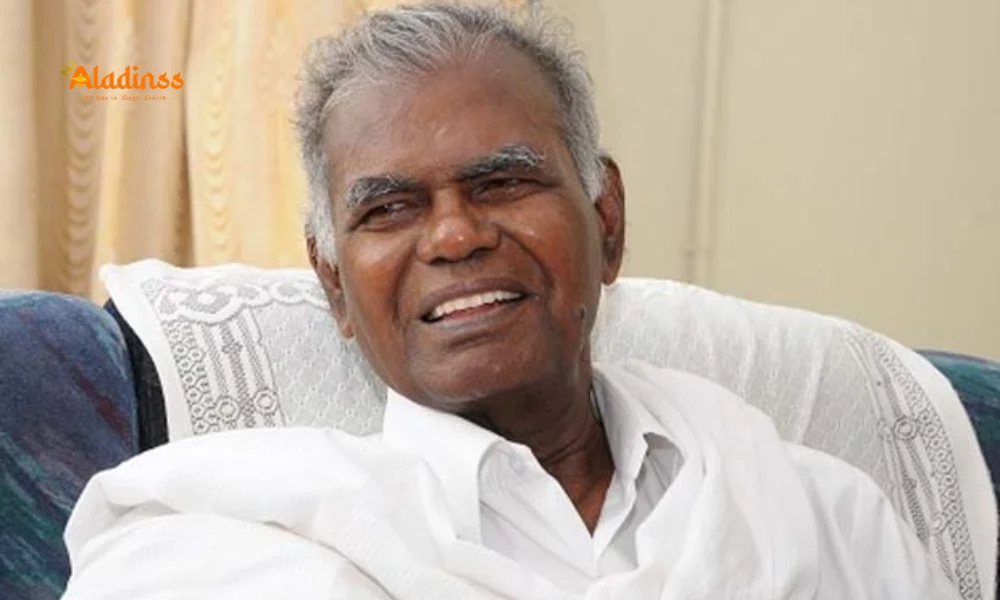India-Japan Summit 2025: 21 Pacts Signed, AI and Semiconductors in Focus
India-Japan Summit 2025: 21 Pacts Signed, AI and Semiconductors in Focus
In a landmark development for bilateral relations, India and Japan signed 21 pacts during Prime Minister Narendra Modi's two-day visit to Tokyo on August 29-30, 2025. The agreements, encompassing artificial intelligence (AI), semiconductors, clean energy, and space exploration, mark a significant step in strengthening the Special Strategic and Global Partnership between the two nations. The visit, which included high-level discussions with Japanese Prime Minister Shigeru Ishiba, underscored the shared vision of leveraging Japan's technological prowess and India's vast talent pool to drive innovation and economic growth. This article explores the key outcomes of the summit, the agreements signed, and their implications for global trade and technology.
Key Agreements and Memoranda of Understanding
The Ministry of External Affairs (MEA) announced that the 21 pacts include six agreements, seven Memoranda of Understanding (MoUs), and eight new initiatives. These agreements cover diverse sectors such as security, digital cooperation, environmental sustainability, and cultural exchange. A notable highlight is the India-Japan joint vision for the next decade, which outlines a roadmap for collaboration in emerging technologies and sustainable development. The joint declaration on security cooperation, revised for the first time in 17 years, emphasizes defense, maritime security, and supply chain resilience. Additionally, an action plan for human resource exchange aims to facilitate the movement of over 500,000 people, including 50,000 Indian nationals to Japan, over the next five years.
Specific MoUs include the India-Japan Digital Partnership 2.0, focusing on AI, large language models, and data centers, and a Memorandum of Cooperation on mineral resources, addressing critical minerals vital for semiconductor manufacturing. Other agreements involve clean hydrogen and ammonia, decentralized domestic wastewater management, and cultural exchanges to strengthen people-to-people ties. The collaboration between the Indian Space Research Organisation (ISRO) and the Japan Aerospace Exploration Agency (JAXA) for the joint lunar polar exploration mission (Chandrayaan-5) marks a significant milestone in space cooperation.
Major Announcements and Investment Pledges
One of the most significant outcomes of the summit is Japan’s commitment to invest ¥10 trillion (approximately $68 billion) in India over the next decade. This ambitious target, announced by Prime Minister Shigeru Ishiba, aims to bolster India’s economy in key sectors such as AI, semiconductors, clean energy, and advanced manufacturing. The investment plan includes support for Japanese companies expanding into India, with a focus on integrating Indian small and medium enterprises (SMEs) and startups into global supply chains. This aligns with India’s “Make in India, Make for the World” initiative, which seeks to position India as a global manufacturing hub.
The launch of the India-Japan AI Initiative is a cornerstone of this partnership, aiming to foster collaborative research, industry-academia exchanges, and the development of AI-driven solutions, including large language models and data centers. The Economic Security Initiative, another key announcement, focuses on building resilient supply chains for critical technologies like semiconductors and rare earth minerals. Additionally, the Next Generation Mobility Partnership and the Sustainable Fuel Initiative highlight the commitment to green energy, with specific emphasis on solar cells, green hydrogen, and clean fuels through a Joint Crediting Mechanism.
Strengthening Business and Cultural Ties
To enhance grassroots-level business linkages, the summit saw the establishment of the India-Kansai Business Forum and the India-Kyushu Business Forum. These platforms aim to connect SMEs and startups from both countries, fostering innovation and entrepreneurship. High-level exchanges between Indian states and Japanese prefectures were also announced, with plans for three reciprocal visits organized by the respective foreign offices. These initiatives are expected to deepen economic, cultural, and people-to-people connections, reinforcing the civilizational bonds between India and Japan.
During his address at the India-Japan Economic Forum in Tokyo, Prime Minister Modi emphasized the synergy between “Japan’s excellence and India’s scale.” He highlighted India’s political and economic stability, transparency in policies, and its position as the fastest-growing major economy, soon to become the third largest globally. Modi invited Japanese businesses to leverage India’s talent pool and invest in sectors like AI, semiconductors, quantum computing, biotechnology, and space, positioning India as a springboard for Japanese companies targeting the Global South.
High-Level Engagements and Symbolic Gestures
The visit was marked by significant diplomatic engagements, including Modi’s meetings with former Japanese Prime Ministers Yoshihide Suga and Fumio Kishida. Discussions with Suga, the Chairperson of the Japan-India Association, focused on deepening cooperation in technology, AI, trade, and investment. Modi also met Seishi Hirose, the Chief Priest of the Shorinzan Daruma-ji Temple in Takasaki, presenting a Daruma doll as a symbol of cultural exchange. The bullet train journey from Tokyo to Sendai, accompanied by Prime Minister Ishiba, highlighted the futuristic dimension of the partnership, with a visit to a Tokyo Electron Limited semiconductor factory in Miyagi prefecture.
The warm reception by the Indian diaspora in Tokyo further underscored the cultural ties between the two nations. Modi praised their commitment to preserving Indian cultural roots while contributing to Japanese society, reinforcing the importance of people-to-people connections in the bilateral relationship.
Strategic Importance Amid Global Challenges
The agreements come at a critical juncture, with global trade dynamics shifting due to tensions such as the 50 percent tariffs imposed by the United States on Indian goods. The India-Japan partnership, particularly in semiconductors and critical minerals, is seen as a strategic move to counterbalance these challenges and reduce dependency on other global players. The focus on supply chain resilience through the Economic Security Initiative aligns with both nations’ goals of ensuring stability in the Indo-Pacific region amidst China’s growing assertiveness.
The collaboration in clean energy, including the Joint Crediting Mechanism for sustainable fuels, supports India’s ambitious targets of achieving 500 GW of renewable energy by 2030 and 100 GW of nuclear power by 2047. Japan’s expertise in green hydrogen and ammonia production complements India’s efforts to transition to a green economy, creating opportunities for mutual growth.
Future Prospects and Global Impact
The India-Japan summit has set a robust foundation for a partnership that extends beyond bilateral interests, aiming to shape the Asian century for stability, growth, and prosperity. The focus on emerging technologies like AI and semiconductors positions both nations as leaders in the global tech revolution. The inclusion of startups and SMEs in the partnership ensures that innovation is democratized, fostering inclusive growth across industries.
The space collaboration, particularly the Chandrayaan-5 mission, symbolizes the transcendence of India-Japan cooperation beyond earthly boundaries. As Modi noted, this partnership is not just about national interests but also about contributing to global peace and stability. The establishment of institutional dialogues, such as between the National Security Advisers of both countries, further strengthens the strategic framework of this alliance.
As India prepares to host the AI Impact Summit in February 2026, with an invitation extended to Prime Minister Ishiba, the momentum from this visit is expected to drive further collaboration. The combination of Japan’s technological excellence and India’s scale and talent creates a synergy that has the potential to reshape global supply chains, advance sustainable development, and foster innovation for decades to come.
Comment / Reply From
No comments yet. Be the first to comment!











